To master insurance 101 in real estate, start by understanding the differences between homeowner and rental property insurance. Know key coverage types like property, liability, and loss of income insurance. Evaluate factors influencing costs, such as location and property features. Assess risks and customize policies to fit your needs, including replacement cost and business income coverage. Compare providers and seek tailored policies to protect your investments. Staying informed guarantees you’re prepared to safeguard your assets effectively.
Key Takeaways
Cultural history is hard to interpret, architectural history is important, technology impacts buildings, world wars disrupted traditions, and industrial revolution introduced mass production.
Understanding the Differences Between Homeowner and Rental Property Insurance
When considering insurance for real estate, it’s essential to recognize the distinct differences between homeowner and rental property insurance. Homeowner insurance covers your personal belongings and liabilities, such as fire or theft, while rental property insurance excludes tenants’ personal property. Instead, rental property policies focus on protecting your investment and income as a landlord, with features like loss of income coverage, which homeowner policies don’t include. Homeowner policies are designed for owner-occupied residences, whereas rental property insurance applies exclusively to non-owner-occupied units. Choosing the right insurance coverage depends on your property’s use. If you’re renting out your property, standard homeowner insurance won’t suffice. Real estate insurance for rentals is typically 15% more expensive than homeowner policies due to additional protections like landlord liability. Don’t risk gaps in coverage—ensure your property insurance covers exactly what you need. Selecting the right policies safeguards both your assets and your peace of mind.
Key Types of Coverage Every Real Estate Investor Should Know

Real estate investors need to comprehend the various insurance coverages that protect their investments and mitigate risks. Property Insurance is vital, as it safeguards your physical assets like buildings and equipment against perils such as fire, theft, and natural disasters. Liability Insurance provides protection against claims from injuries or property damage occurring on your property, shielding you from potential financial loss. Loss of Income Insurance compensates for lost rental income if your property becomes uninhabitable due to a covered event, guaranteeing steady cash flow. Ordinance & Law coverage secures compliance with local building codes and covers costs for necessary upgrades after a covered loss. For specific risks, Flood Insurance and Earthquake Insurance are essential, as standard policies typically exclude these perils. Economic downturns can lead to decreased property values and reduced rental demand, impacting your investment returns. By exploring these coverage options, you’ll enhance your risk management strategy, minimize financial vulnerabilities, and gain peace of mind in your real estate ventures.
Factors That Influence the Cost of Rental Property Insurance

While rental property insurance is essential for protecting your investment, its expense can vary substantially depending on several factors. Rental property insurance typically costs about 15% more than standard homeowners insurance, averaging $1,500 annually. Your premiums increase with additional coverage, such as protection for loss of rental income or unavoidable construction delays. The age and condition of your property, along with high-risk elements like pools or trampolines, also impact costs. Property location plays a significant role; risks from natural disasters like hurricanes or floods can drive premiums higher. Security features such as alarms and surveillance systems may lower your rates. Licensed insurance providers consider claims history, which can affect both your premiums and the coverage you need. Understanding these factors helps you tailor insurance policies to your rental properties, ensuring adequate protection while managing costs effectively. Evaluating ROI is crucial to ensure that your insurance expenses do not erode your rental income profitability.
Evaluating Risks and Customizing Insurance Policies

Customizing your real estate insurance policy starts with a thorough evaluation of potential risks, ensuring you’re protected against specific threats like fire, theft, or natural disasters. Assess regional hazards, such as hurricanes or earthquakes, to determine the coverage for specific risks your property faces. Include replacement cost coverage to rebuild or repair your property without depreciation deductions. For rental properties, add Business income to protect against loss of income if tenants can’t occupy the space due to covered event damages. Tailor deductibles to balance premium costs and your financial tolerance, ensuring the policy that fits your needs. Don’t overlook endorsements like Ordinance & Law coverage to address local building code requirements. By understanding the different kinds of risks and choosing the right type of insurance, you’ll create an all-encompassing safety net for your real estate investments.
Strategies for Choosing the Right Insurance Provider and Policy

Selecting the right insurance provider and policy requires careful evaluation of your property’s unique needs and the options available in the market. Start by obtaining multiple rental property insurance quotes and compare coverage details, exclusions, and premiums to find the best fit. Assess specific risks, such as regional hazards or tenant-related liabilities, to guarantee tailored protection. Inquire about discounts for security features, property upgrades, or bundling policies to lower your premiums while maintaining robust coverage. Always review policy exclusions to avoid gaps in protection, especially for risks like floods or earthquakes. Partner with an agent specializing in real estate insurance to navigate complex options and secure a policy that aligns with your investment goals. By prioritizing thorough coverage and cost-efficiency, you’ll safeguard your property and minimize financial exposure.
Conclusion
Mastering insurance in real estate means understanding your risks and tailoring coverage to fit your needs. Don’t put all your eggs in one basket—diversify your policies to protect against unforeseen events. By evaluating providers and customizing your plan, you’ll safeguard your investments effectively. Choose wisely, balance cost with coverage, and guarantee you’re prepared for every twist and turn in the real estate journey. Your assets deserve nothing less.




